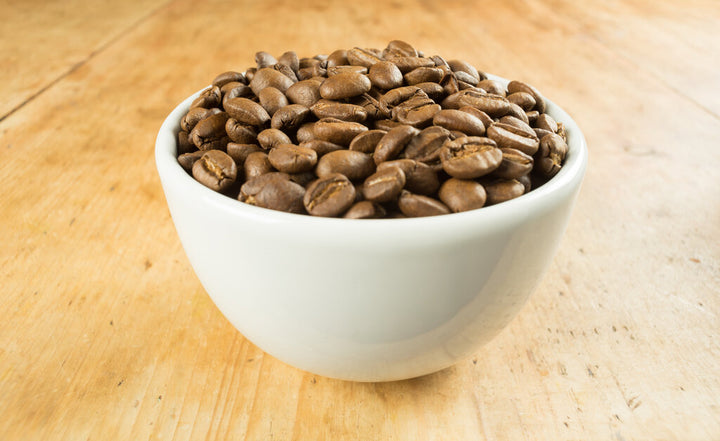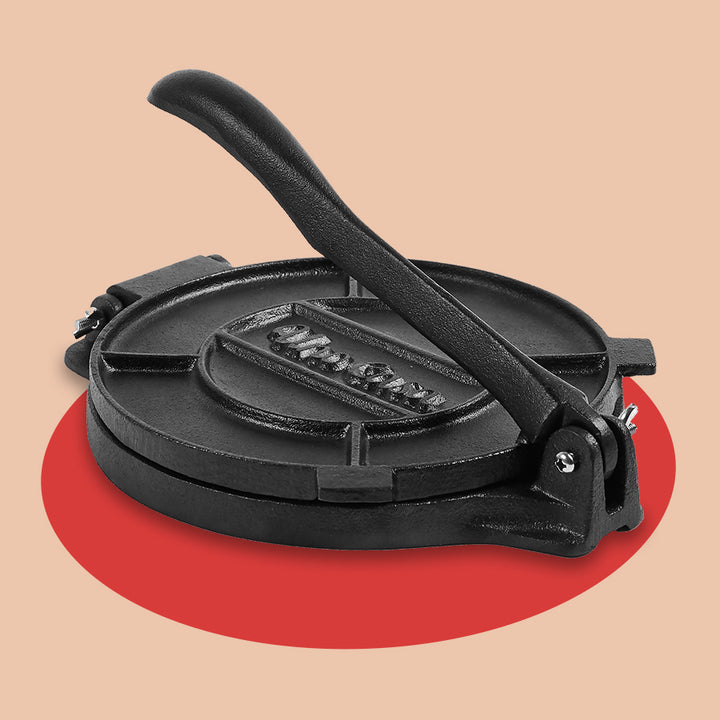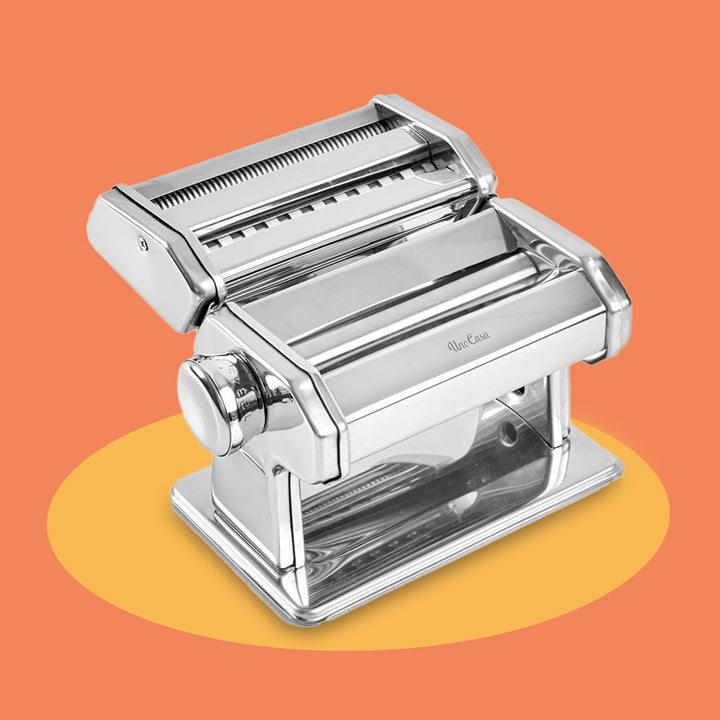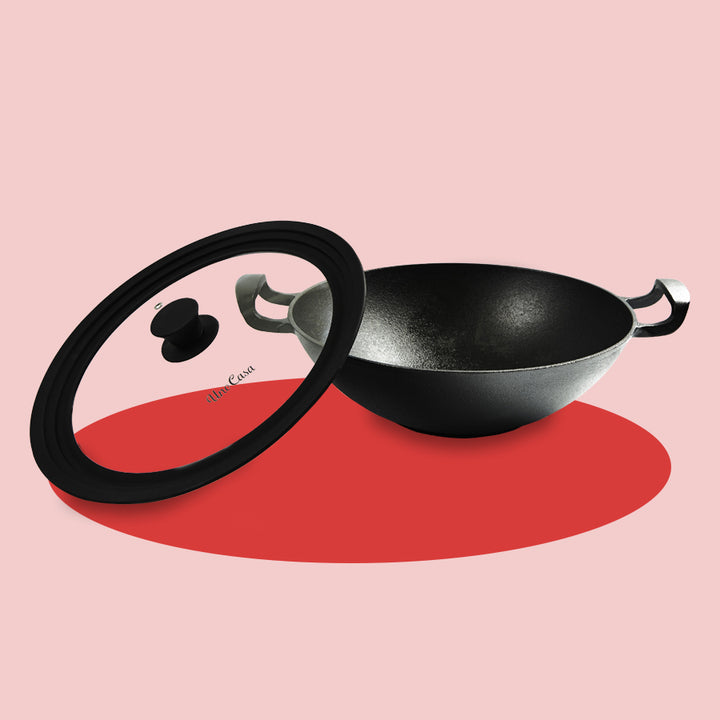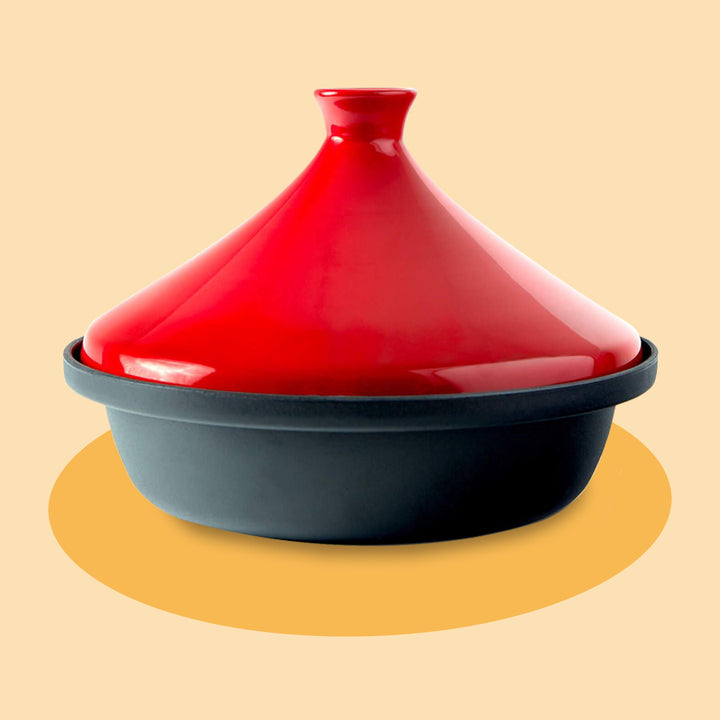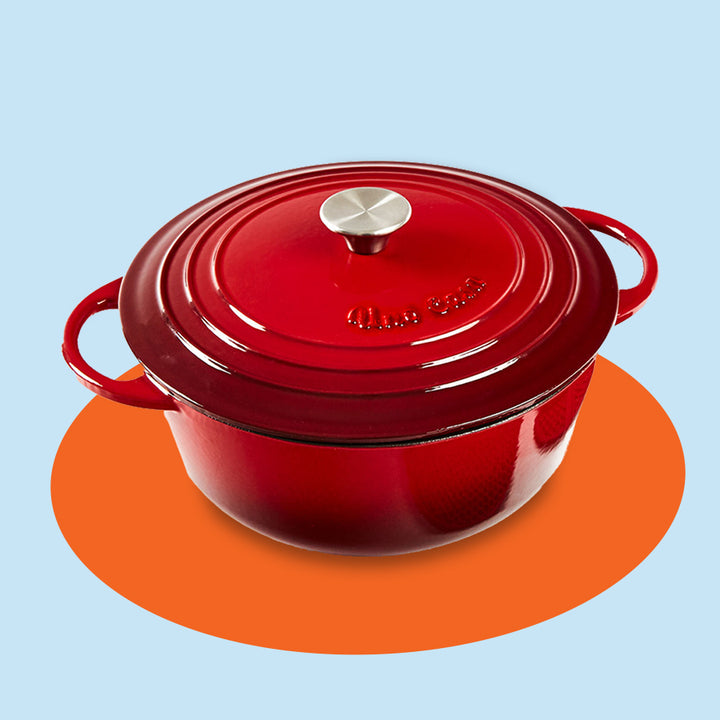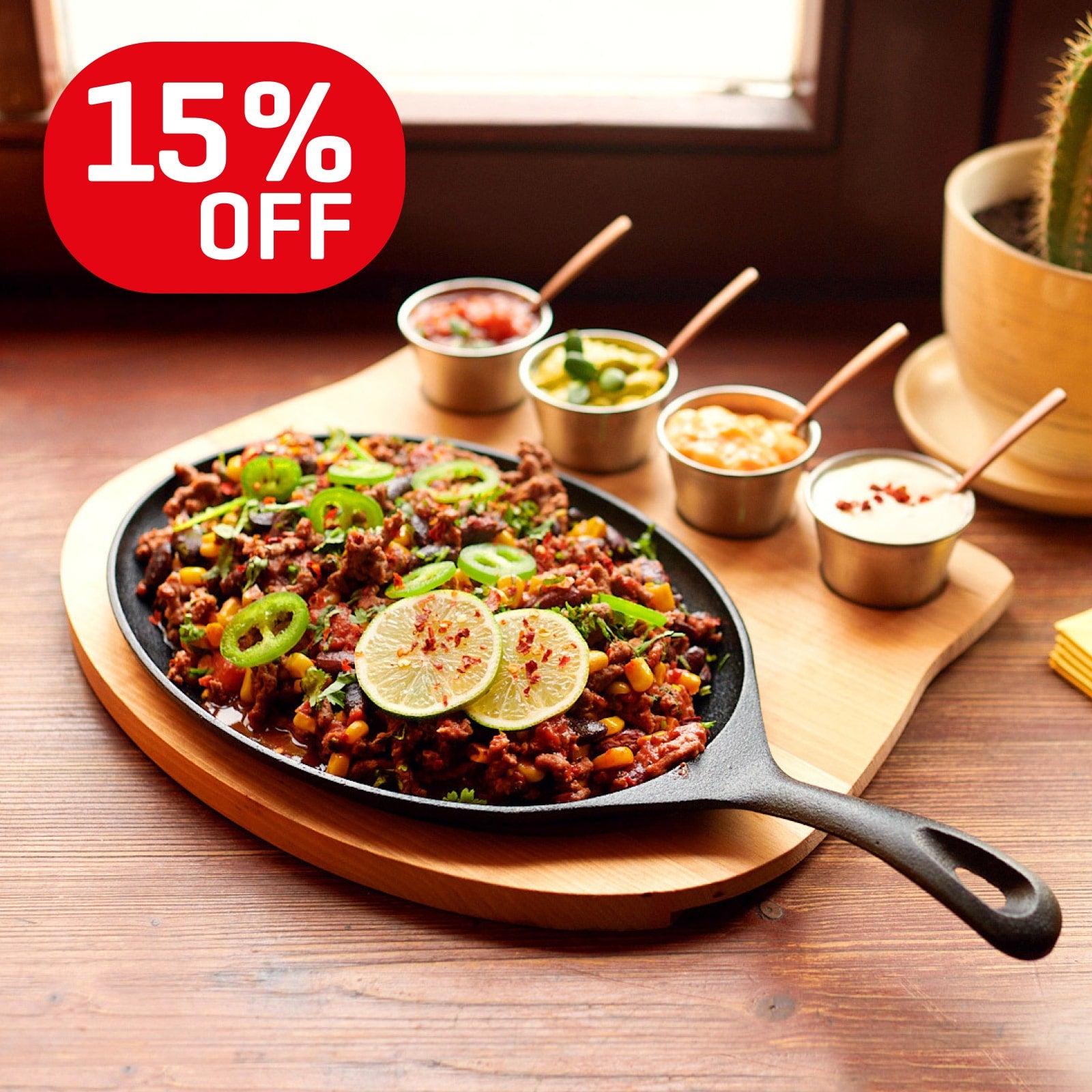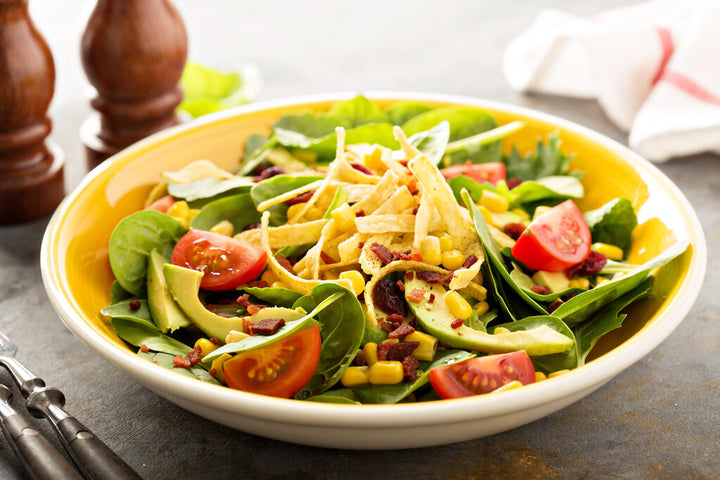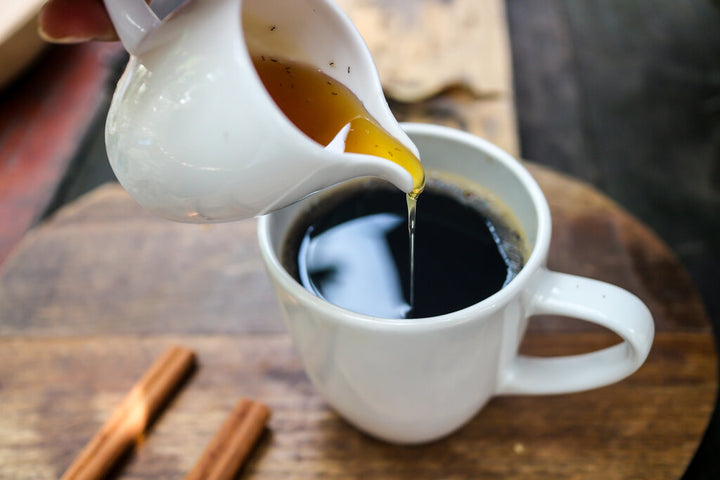Espresso vs Coffee: All You Need to Know

Espresso vs coffee: what’s the real difference between these popular coffee brews? We all have our preferences, and we all have our favorite brews and beans, but what sets espresso apart from a regular black coffee, and is one really better than the other?
While espresso and coffee can both be prepared from the same coffee beans, the method of brewing for both varieties of coffee is very different (and the results are very different, too!). Each has different flavors, aromas, caffeine content, and different coffee to water ratio.
Let’s explore the differences between an espresso and a regular pour-over coffee to see which style of coffee is best suited to your tastes!
What is the difference between coffee and espresso?
Let’s start with the basics. What is espresso? Is espresso coffee the same as regular coffee? And what do we mean when we talk about ‘regular coffee’?
Espresso Coffee
- Espresso is a small shot of coffee that has a light layer of froth, or crema on the top.
- Espressos are served in small espresso cups (usually 1 or 2 ounces in size) and are essentially highly concentrated coffees (although, as you’ll see later, regular coffee contains just as much caffeine).
- An espresso definition would describe the brew as dense in flavor and rich in aromas.
- Espressos were popularized by the Italians in the late 19th century when new methods of brewing became widely available.
- Espressos can be served on their own, or they can be used as the basis for barista-style coffees such as lattes or cappuccinos.
- With its strong taste and flavor, coffee aficionados often see espressos as the purest form of coffee that can be prepared, but this is, of course, debatable!
Regular Coffee
- Regular coffee, which we often just refer to as coffee, is ordinarily served in a much larger quantity (usually an 8 ounce mug) but has a much lighter taste and texture.
- This is coffee at its simplest, and some say it’s best. There’s no froth, and the beverage is served without any milk.
- Coffee in this form has been prepared for centuries, because mixing hot water with coffee beans is the simplest way to prepare a brew. As you’ll see, though, there are today an increasing number of different methods for preparing a ‘regular coffee’, with the best-known methods being pour-over using a pour-over coffee maker or a gooseneck kettle!
Both are types of coffee prepared using roasted, then ground coffee beans, which are then subjected to heat and water. Different brewing methods are the primary reason for different results, but everything from the type of bean to the grind can also affect a brew too.
How is espresso made?
The big difference between espresso and coffee is the preparation method. This gives us our different brews, as the beans are subjected to varying levels of heat and pressure over varying lengths of time.
- Espresso requires a particular machine to be prepared properly because it’s brewed using high heat and pressure. All coffee shops have espresso machines, but getting the brew just right takes skill and practice on the part of the barista.
- An espresso machine is designed to force incredibly hot water through the ground coffee at an equally incredible pressure. This high pressure, high-temperature approach rapidly brews a concentrated shot of coffee that has a thick layer of crema on the top.
How is regular coffee made?
Regular coffee is much less concentrated than an espresso shot, and that’s because of the way it’s prepared.
- While espresso brewing is rapid, regular coffee takes longer to brew.
- The most common method of preparation is known as the pour-over method. In its most basic form, this means pouring hot water over ground coffee and allowing it to drip down into a cup below. Gravity, rather than high pressure, does the work.
- The pour-over method can be achieved at home using a filter, but you’ll more commonly see coffee being prepared using a drip machine. You load up the coffee, add water, and the machine gets the ratios and timings done for you.
- The resulting brew is much less dense than espresso, and so is served in much larger quantities. Regular coffee doesn’t taste as strong as an espresso, but it’s often said to have a much more rounded yet much more mellow flavor to it.
While the pour-over or drip method is the most common way to prepare coffee, there are many more methods that result in slightly different brews.
- A French press, for instance, uses pressure to push water through the coffee.
- An Aeropress uses the same principles as the French press but achieves a brew in a shorter space of time!
Do you need different types of bean?
Both espresso and regular coffee can be prepared using the same types of beans or the same blends of beans.
For instance, an enduring combination is the typical arabica/robusta mix that you find as standard around the world.
However, it’s the way the beans have been roasted and then ground that are important for both types of brew.
Espresso bean
Espressos are best prepared with beans that have been roasted for a much longer time than you’d use for drip coffee.
These darker beans are:
- Full-bodied;
- Contribute to the denser flavor of the espresso;
- Much harder and withstand the high pressure and temperature without compromising the taste.
Espresso baristas also favor a finer ground bean when it comes to brewing.
However, if the grind is too fine, then the espresso can be extremely bitter. If it’s not fine enough - then you sacrifice much of the flavor.
It’s a science, getting the grind exactly right for the perfect espresso taste.
Coffee bean
For coffee, the beans don’t need to have been roasted for as long. They can be lighter in finish, which provides that distinctive mellow taste and aroma to a cup of pour-over coffee.
The beans can also be much coarser than espresso beans. The grind doesn’t need to be as fine for a good cup of coffee.
In fact, pour-over or drip coffee is a method that can be achieved well using all sorts of coffee beans. You could even use espresso beans.
There’s much less room for error, as the process is much longer.
If you prefer a smokier, darker coffee - then use beans that have been roasted for longer. If you prefer your coffee to be bitter rather than mellow - go for a much finer grind.
Caffeine in coffee vs espresso
Coffee and espresso have different tastes and aromas, but they also have differing caffeine contents.
For many coffee lovers, the caffeine content plays a big role in their choice of brew.
Espressos are seen as being the most potent type of coffee. After all, they are highly concentrated shots of coffee. But is there actually more caffeine in an espresso shot, compared to a regular cup of black coffee?
The answer will surprise you because a regular 8-ounce brew has more caffeine than a 1-ounce espresso shot. Despite the weaker taste, the longer brewing process actually allows for a surprising quantity of caffeine to be extracted from the bean.
However, it’s all relative because an espresso shot is so much smaller in volume, there’s less caffeine in comparison. It is highly concentrated, though, and if you were to drink 8 ounces worth of espresso, there would, of course, be a lot more caffeine than in an 8-ounce cup of pour-over coffee.
We doubt, however, that you’re going to try putting back 8 ounces of espresso before you start work. That might just be a caffeine overload!
Espresso vs coffee: is there ever a winner?
When it really comes down to espresso vs coffee, there’s never going to be a winner.
While both are different types of coffee, prepared from coffee beans that are brewed with water, that’s really where the similarities end.
- The actual brewing methods are different (even the beans are often different too).
- The resulting beverages have distinct textures, densities, flavors, aromas, caffeine content, and finishes.
Ultimately, it’s down to your personal preferences - you might enjoy a quick shot of espresso to get you started in the morning, or perhaps you prefer to sit down and take your time with regular coffee.
Why not bookmark our guide to espresso and coffee to help you decide which brew is your favorite?
Leave a comment
Comments will be approved before showing up.
Also in Tips
